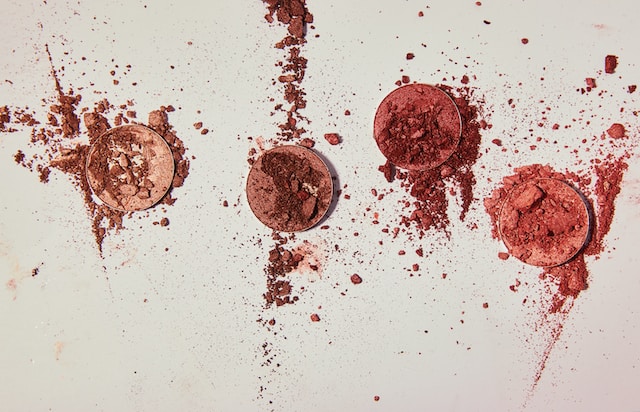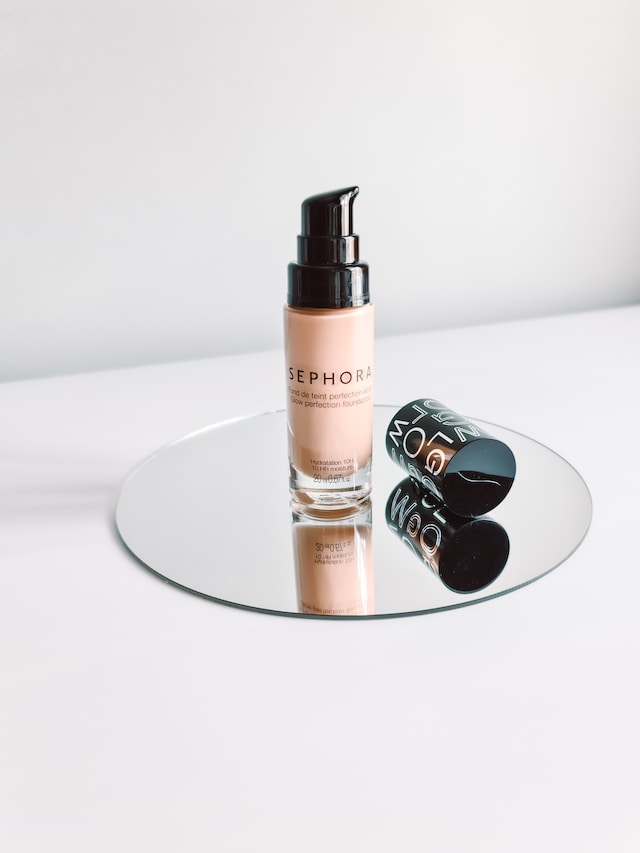Blush is a fascinating phenomenon, not only because it’s something that happens to us all but also because it reveals so much about human nature. It can tell us when someone is embarrassed, angry or happy; and it’s also been used as a sign of affection in many cultures. If you’re interested in learning more about blush, here are some surprising facts about its origins:
Contents
- 1 The word blush comes from the Middle English ‘blusen’, meaning “to burn with shame.”
- 2 In the 18th century, women wore small patches of red silk tied over their cheeks to accentuate their looks.
- 3 Blush is often seen as a sign of embarrassment, but it’s also used in non-human animals to signal aggression.
- 4 Some people say the term “blushing bride” was coined by Sir Isaac Newton after he observed a rose petal change color when touched by his bride-to-be, who was present in the room at the time. The color of roses is due to a pigment called anthocyanin.
- 5 The word ‘blush’ comes from the Middle English word ‘blusen’, meaning ‘to burn with shame’.
- 6 Blush is an interesting phenomenon that has many origins
- 7 Conclusion
The word blush comes from the Middle English ‘blusen’, meaning “to burn with shame.”
Blush is a natural response to feeling embarrassed or self-conscious. It’s caused by adrenaline, which triggers a rush of blood to your cheeks.
The word blush comes from the Middle English ‘blusen’, meaning “to burn with shame.” This can be traced back to two Old English words: blus and en. The first means “red,” while the second refers to some kind of burning sensation (as in “burning eyes”).
In the 18th century, women wore small patches of red silk tied over their cheeks to accentuate their looks.
Blush is a beauty enhancer that has been used for centuries. In the 18th century, women wore small patches of red silk tied over their cheeks to accentuate their looks. The patches were called ‘rouge’ and the word blush comes from Middle English ‘blusen’, meaning “to burn with shame”.
Blush is often seen as a sign of embarrassment, but it’s also used in non-human animals to signal aggression.
The origin of blush is not entirely clear, but the most common theory is that it evolved as a sign of embarrassment. Blushing has been observed in many non-human animals, including monkeys and dogs. It’s often used to signal submission or attraction: when an animal wants to show submission to another animal, he will turn away from them as if he were embarrassed and thus unable to fight back. When humans blush, we do so because we feel embarrassed–but why would this be so?
It’s possible that blushing originally developed as a way for us humans (who have limited facial expressions) to communicate our emotions without words; however, it may also have developed out of an instinctual response when faced with danger: blushing makes us look smaller and therefore less threatening than if we were standing tall with our chest puffed out like an angry gorilla!
Some people say the term “blushing bride” was coined by Sir Isaac Newton after he observed a rose petal change color when touched by his bride-to-be, who was present in the room at the time. The color of roses is due to a pigment called anthocyanin.
The word ‘blush’ comes from the Middle English word ‘blusen’, meaning ‘to burn with shame’.
The word ‘blush’ comes from the Middle English word ‘blusen’, meaning ‘to burn with shame’. Blushing is an involuntary response that occurs when you feel embarrassed or ashamed. It’s a way to show other people that you are embarrassed and can also be used as a signal of submission in social situations.
Blushing has been studied by scientists for centuries, but it wasn’t until recently that they discovered why some people blush more than others: genetics! Your genes determine how sensitive your skin is to adrenaline (a hormone released into the body during times of stress), which helps explain why some people get red-faced when they’re nervous while others remain calm under pressure.
Blush is an interesting phenomenon that has many origins
For example, blush may be a physical reaction to embarrassment and/or shame. Some people believe that humans blush because they want others to know they are embarrassed or ashamed of something they’ve done wrong (or might do in the future).
Blushing can also be considered a social phenomenon–that is, it involves interactions between individuals who are aware of each other’s thoughts and feelings. In this case, blushing occurs when one person feels embarrassed or ashamed while another individual notices this feeling on their face or body language and responds accordingly by changing their own behavior (e.g., by making eye contact).
Conclusion
Blush is an interesting phenomenon that has many origins. In the 18th century, women wore small patches of red silk tied over their cheeks to accentuate their looks. The word ‘blush’ comes from the Middle English word ‘blusen’, meaning ‘to burn with shame’. Blush is often seen as a sign of embarrassment, but it’s also used in non-human animals to signal aggression.




